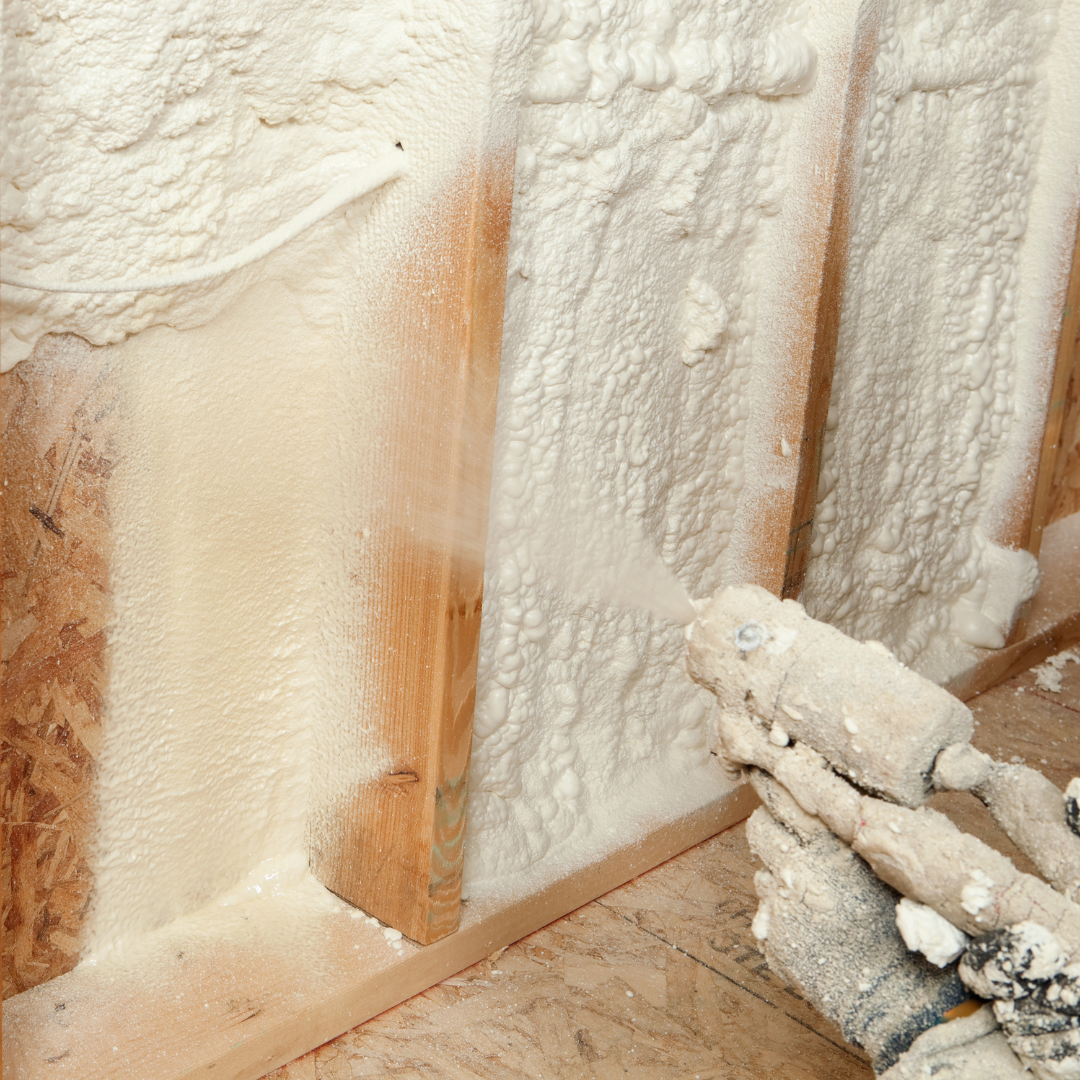Basement Insulation Guide | Materials, Installation
Basement Insulation: Ultimate Guide to Comfort, Efficiency, and Moisture Control
Basement insulation is a critical step in creating a comfortable, energy-efficient, and moisture-resistant home. Whether you have a finished basement used as living space or an unfinished cellar for storage, proper insulation enhances thermal performance, reduces heating costs, and prevents condensation and mold growth. In this extensive guide, we dive into insulation materials, installation techniques, moisture management, cost analysis, and maintenance. Weaving insights from ABC Building Systems and top industry resources, you’ll gain the knowledge to choose the right solution for your basement.
Table of Contents
- Why Insulate Your Basement?
- Common Basement Insulation Materials
- Installation Methods
- Moisture Control and Vapor Barriers
- Cost Analysis & ROI
- Maintenance and Longevity
- Conclusion
- Frequently Asked Questions
Why Insulate Your Basement?
Insulating your basement delivers several benefits:
- Thermal Comfort: Keeps floors warmer and reduces drafts from cold foundation walls.
- Energy Efficiency: Lowers heating bills by reducing heat loss through basement walls (NREL).
- Moisture Management: Controls condensation and dampness, preventing mold and mildew (Insulation Institute).
- Enhanced Living Space: Creates a more comfortable environment for finished basements, dens, or entertainment rooms.
- Soundproofing: Insulation also dampens noise from plumbing, appliances, and street sounds.
Common Basement Insulation Materials
Rigid Foam Insulation Boards
Extruded polystyrene (XPS), expanded polystyrene (EPS), and polyisocyanurate (polyiso) boards are widely used for basement walls. They resist moisture and provide continuous insulation with R-values from R-4 to R-6.5 per inch (Foamglas).
Spray Foam Insulation
Closed-cell spray foam adheres to concrete and wood surfaces, sealing gaps and providing high R-values (around R-6.5 per inch). Ideal for uneven surfaces and rim joists (Spray Foam Advisor).
Mineral Wool Batts
Stone wool or rock wool batts offer R-values around R-3.5–R-4 per inch. They resist mold and moisture and provide soundproofing benefits (Rockwool).
Fiberglass Batts
Fiberglass batts, with R-values of R-2.9–R-3.8 per inch, are cost-effective but require proper vapor barrier to prevent moisture accumulation (This Old House).
Installation Methods
Interior Wall Insulation
The most common approach: attach furring strips to concrete walls, install rigid foam boards or batts between framing, then cover with drywall. Ensure a continuous layer of foam to minimize thermal bridging.
Spray Foam Application
Spray foam can be applied directly to concrete or wood surfaces, filling cracks and irregularities. It also serves as an air and moisture barrier.
Basement Ceilings
Insulating between joists in the basement ceiling improves comfort on the floor above and reduces sound transmission (Blown In Insulation).
Moisture Control and Vapor Barriers
Moisture is a major concern in basements. Effective strategies include:
- Exterior Drainage: Ensure gutters and grading direct water away from foundation.
- Interior Drain Tile: Install a perimeter drain system under the slab to manage groundwater.
- Vapor Barriers: Place 6-mil plastic sheeting behind insulation or use foam boards with facer designed for moisture control (Insulation Institute).
- Seal Cracks: Use hydraulic cement or spray foam to seal visible foundation cracks.
Cost Analysis & ROI
Approximate installed costs per square foot:
- Rigid Foam Board: $1.50–$3.00
- Spray Foam: $2.50–$4.50 (ANGI)
- Mineral Wool: $1.00–$2.00
- Fiberglass Batts: $0.40–$1.50
Energy savings typically repay insulation costs within 5–7 years, depending on climate and existing conditions (HomeAdvisor).
Maintenance and Longevity
Maintaining basement insulation involves:
- Inspect annually for signs of moisture, mold, or pest activity.
- Repair damaged vapor barriers promptly.
- Ensure proper drainage remains clear around foundation.
- Replace insulation if saturated or deteriorated.
Conclusion
Basement insulation transforms cold, damp areas into comfortable and energy-efficient spaces. From roof insulation to foundation walls, a holistic approach by professional Insulation Services ensures lasting performance. For tailored basement solutions, visit ABC Building Systems.
Frequently Asked Questions
Q1: Can I insulate my basement myself?
A: DIY is possible for rigid foam and batts, but spray foam installation is best left to certified professionals (SprayFoam.com).
Q2: How do I prevent mold under insulation?
A: Use closed-cell foam or foam board with integral facer, and install a proper vapor barrier (Cellulose.Org).
Q3: What R-value is recommended for basements?
A: Aim for at least R-10–R-15 on walls and R-30–R-38 for ceilings (IECC).
Q4: How does basement insulation impact heating load?
A: Proper insulation can reduce overall heating demand by 10–20%, improving comfort on the main floor (NREL).
Q5: Which is better: interior or exterior insulation?
A: Exterior insulation protects the entire foundation and reduces thermal bridging, but interior insulation is more cost-effective for retrofits.



